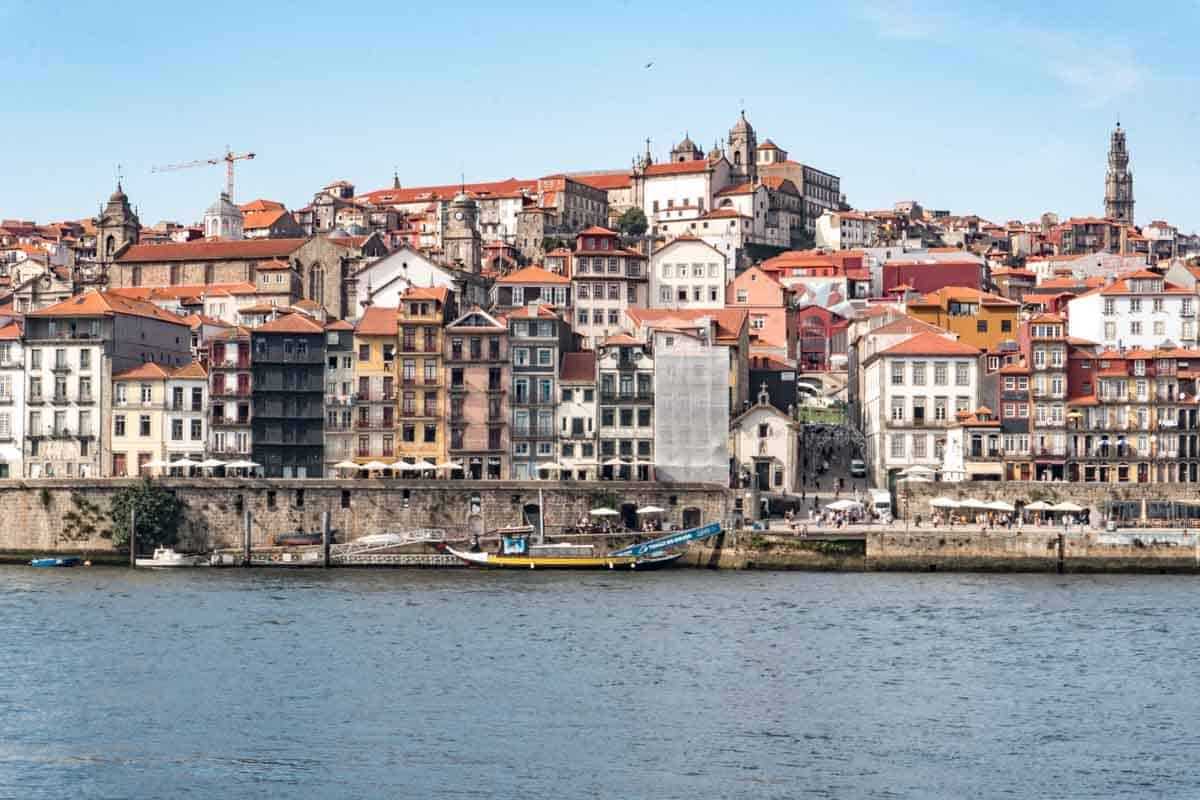Exploring Rua da Bainharia: A Journey Through Porto’s Historic Houses
Rua da Bainharia is a charming street nestled in the heart of Porto, Portugal. Known for its rich history and architectural beauty, this street offers a glimpse into the past with its well-preserved historic houses. Whether you’re a history enthusiast, an architecture lover, or simply a curious traveler, Rua da Bainharia is a must-visit destination that promises to captivate your senses and enrich your understanding of Porto’s cultural heritage.
The Historical Significance of Rua da Bainharia
Rua da Bainharia is one of the oldest streets in Porto, with its origins dating back to the medieval period. The name “Bainharia” is derived from the Portuguese word for “bainha,” meaning “sheath” or “scabbard,” reflecting the street’s historical association with craftsmen who specialized in making sheaths for swords and knives. This street was once a bustling hub of trade and craftsmanship, contributing significantly to the local economy.
As you stroll down Rua da Bainharia, you’ll notice the narrow, winding layout typical of medieval streets. The cobblestone pathways and the proximity of the buildings create an intimate atmosphere, transporting you back in time. The street’s historical significance is further highlighted by the presence of several well-preserved buildings that showcase the architectural styles of different eras, from Gothic to Baroque.
Architectural Marvels and Historic Houses
Rua da Bainharia is renowned for its collection of historic houses, each with its own unique story and architectural style. These buildings are a testament to the city’s rich architectural heritage and offer a fascinating insight into the lives of Porto’s past inhabitants.
One of the most striking features of the houses on Rua da Bainharia is their intricate facades. Many of these buildings are adorned with azulejos, traditional Portuguese ceramic tiles that add a splash of color and artistic flair. The azulejos often depict scenes from Portuguese history or nature, providing a visual narrative that complements the street’s historical ambiance.
In addition to the azulejos, you’ll find houses with ornate balconies, wrought iron railings, and beautifully carved wooden doors. These architectural details reflect the craftsmanship and attention to detail that were hallmarks of the period. As you explore the street, take the time to admire these features and imagine the stories they could tell.
Tips for Visiting Rua da Bainharia
Visiting Rua da Bainharia is a delightful experience, but a few tips can enhance your visit and ensure you make the most of your time on this historic street.
- Wear Comfortable Shoes: The cobblestone streets can be uneven, so comfortable footwear is essential for a pleasant walking experience. This will allow you to explore the street and its surroundings without discomfort.
- Visit During Off-Peak Hours: Rua da Bainharia can get crowded, especially during peak tourist seasons. To enjoy a more relaxed and intimate experience, consider visiting early in the morning or later in the afternoon when the street is less busy.
- Take a Guided Tour: To gain a deeper understanding of the street’s history and architecture, consider joining a guided tour. Knowledgeable guides can provide valuable insights and anecdotes that bring the street’s history to life.
- Explore Nearby Attractions: Rua da Bainharia is conveniently located near several other notable attractions in Porto, such as the Ribeira district and the iconic Dom Luís I Bridge. Plan your visit to include these nearby sites for a comprehensive exploration of Porto’s historic center.
- Capture the Moment: Don’t forget to bring your camera or smartphone to capture the beauty of Rua da Bainharia. The street’s picturesque charm and architectural details make for stunning photographs that you’ll cherish as memories of your visit.
Rua da Bainharia is more than just a street; it’s a living testament to Porto’s rich history and architectural legacy. By exploring its historic houses and immersing yourself in its unique atmosphere, you’ll gain a deeper appreciation for the city’s cultural heritage and the stories that have shaped it over the centuries.
